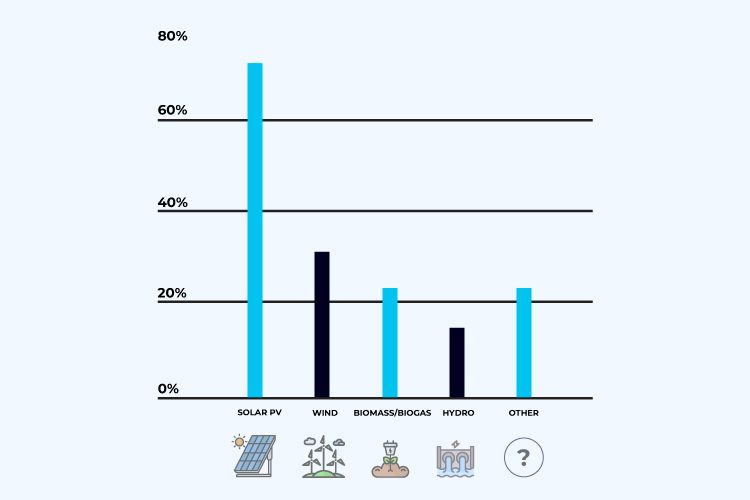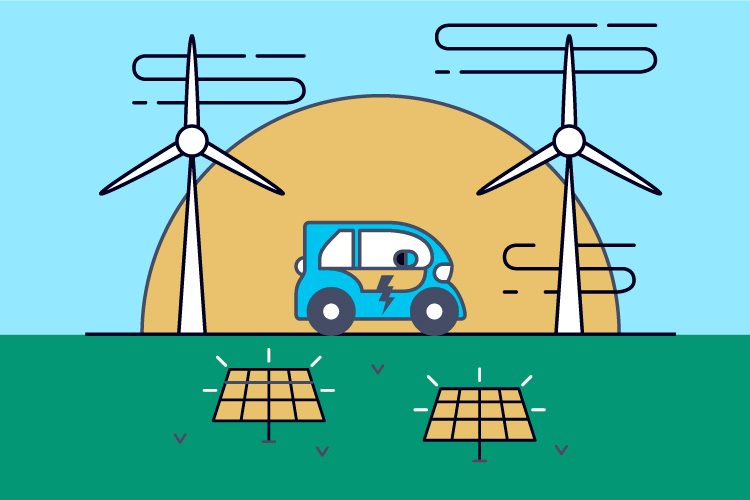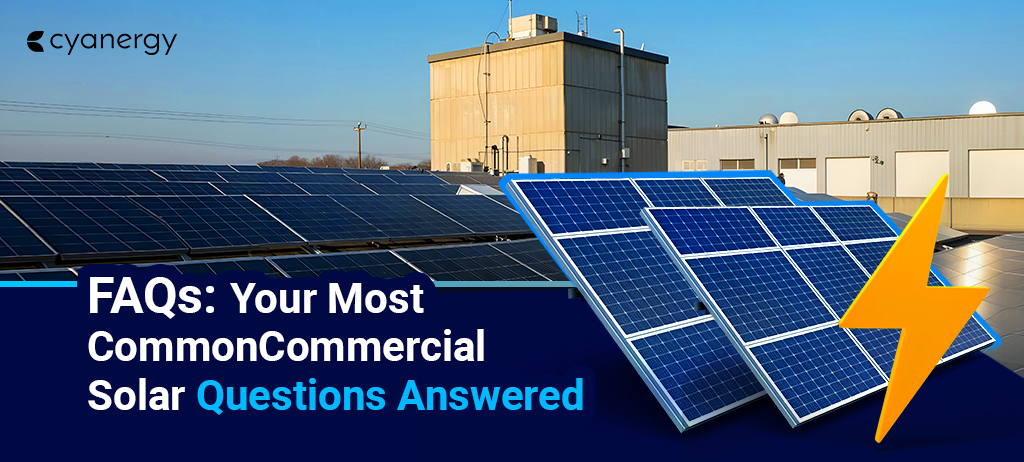Businesses today can play a crucial role in the use of renewable energy sources to subdue the effects of climate change. What are commercial renewable energy sources? There are several sources for businesses to sift through and commit to. Learn about the most used and popular renewable energy sources in Australia now below-
Popular Commercial Renewable Energy Sources in Australia
Wondering what are commercial renewable energy sources, and which are the ones that is popularly used by businesses? Here is a list containing all of them-
Solar Energy

One of the main benefits of solar energy is that it produces no emissions, making it one of the cleanest and most environmentally friendly sources of energy available. Additionally, solar energy systems can be installed virtually anywhere, making them a flexible solution for businesses of all sizes. The cost of solar energy systems has decreased significantly in recent years, making it a cost-effective solution for businesses looking to reduce their energy costs.
Estimated Cost: Depending on the size of the system and the kind of technology employed, the price of a solar energy system for a business can range from $10,000 to $100,000 or more. An average small company solar panel system might cost between $15,000 and $30,000. Solar panel prices have, however, been falling in recent years, making them more accessible to businesses.
Wind Energy

Wind energy is generated by harnessing the energy of the wind using wind turbines. Wind turbines work by capturing the kinetic energy of the wind and converting it into mechanical energy, which is then used to generate electricity. Wind turbines can be installed on land or offshore and are commonly used to power commercial and industrial facilities.
The cost of wind energy has decreased significantly in recent years, making it a more affordable option for businesses looking to reduce their carbon footprint.
Estimated Cost: Depending on the size of the system and the technology employed, the cost of a wind energy system for a business might range from $50,000 to $500,000 or more. A small wind turbine for a business might cost anywhere between $100,000 and $200,000 on average.
Biomass Energy
Burning organic resources like plants, wood chips, and animal manure produces steam that powers a turbine to create electricity. This process is known as biomass energy. Businesses frequently employ biomass energy systems to produce heat and electricity, and these systems can be built on commercial and industrial buildings.

A cost-effective option for many enterprises, biomass energy systems can also be implemented in regions with a wealth of agricultural resources. In recent years, the cost of biomass energy has remained comparatively consistent, making it a dependable alternative for companies trying to lower their carbon footprint.
Estimated Cost: According to the size of the system and the technology employed, the price of a biomass energy system for a business might range from $50,000 to $500,000 or more. A small-scale biomass energy system might cost anywhere between $100,000 and $200,000.
Hydro Energy

Hydro energy is generated by harnessing the power of falling or running water to generate electricity. Hydroelectric power plants use the kinetic energy of falling water to drive turbines, which generate electricity. Hydroelectric power plants can be installed on rivers, lakes, and other bodies of water and are commonly used to power commercial and industrial facilities.
Estimated Cost: The price of a hydro energy system for a business can range from $50,000 to $500,000 or more, depending on the size of the system and the technology used. A small hydropower system typically costs between $100,000 and $200,000 to install

Solar Panels – The Most Popular Energy Source for Businesses in Australia
| Benefits | Challenges |
|---|---|
| Environmentally friendly: Solar energy produces no emissions, reducing the carbon footprint of the energy production process. | Initial cost: The initial cost of installing a solar energy system can be high. However, with government incentives and tech advancements, it came down by a huge margin. |
| Scalable: Solar energy systems can be installed on a small scale for a single business or on a larger scale for multiple businesses, making it a versatile option. | Weather dependent: Solar energy production can be impacted by weather conditions such as clouds and rain, which can reduce the amount of energy produced. |
| Cost-effective: The cost of solar energy has been decreasing over the years, making it increasingly cost-effective as a source of energy. | Intermittent energy production: Solar energy is not produced continuously, which can be a challenge for businesses that require a constant supply of energy. |
| Renewable: Solar energy is a renewable source of energy, meaning that it is a sustainable option for meeting energy needs. | |
| Reliable: Solar energy systems can be designed to be highly reliable, ensuring that energy is available when it is needed. |
Environmental Impact of Solar Energy

Annual Investment and Budgeting of Australia for Renewable Energy Transformation
Australia has made significant investments in renewable energy in recent years, with the government committing to a target of generating 50% of the country’s electricity from renewable sources by 2030.
According to the Clean Energy Council, the renewable energy sector in Australia attracted a record-breaking investment of $19.4 billion in 2019. This investment was largely driven by large-scale wind and solar projects, as well as the expansion of battery storage capacity.
The Australian government has also provided financial incentives to encourage the development of renewable energy projects. For example, the Renewable Energy Target (RET) is a federal government policy that aims to ensure that 33,000 gigawatt-hours of Australia’s electricity comes from renewable sources by 2020. Under the RET, renewable energy projects can receive certificates that can be sold to companies that are required to purchase a certain amount of renewable energy.
In addition, the Australian government has provided funding for research and development of renewable energy technologies, as well as grants and loans to support the deployment of renewable energy projects. The government has also established the Clean Energy Finance Corporation (CEFC), which provides funding and support to clean energy projects across the country.







